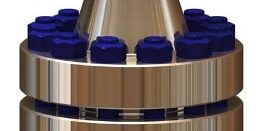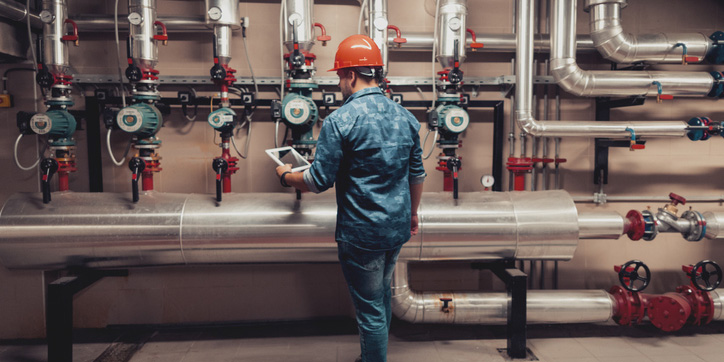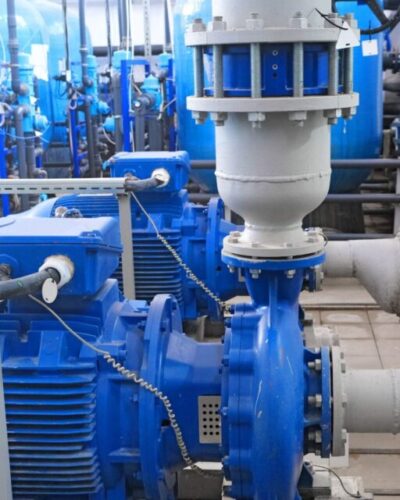Description
In addition to covering the NQA-1 Standard, it also provides a brief overview of Section III Rules for Construction of Nuclear Facility Components of the B&PV Code as they apply ASME NQA-1 for their quality assurance standard for new construction of nuclear facilities and plant modifications.
This is an intermediate level course for engineers, managers and quality personnel who are, or will be, directly or indirectly involved in manufacturing, fabrication and examination of components or structures for nuclear power facilities. Participants should have at least one year of experience in the design, construction, and operation of, or have a supporting-supplier role for, nuclear power facilities and their components.
Only logged in customers who have purchased this product may leave a review.









Reviews
There are no reviews yet.